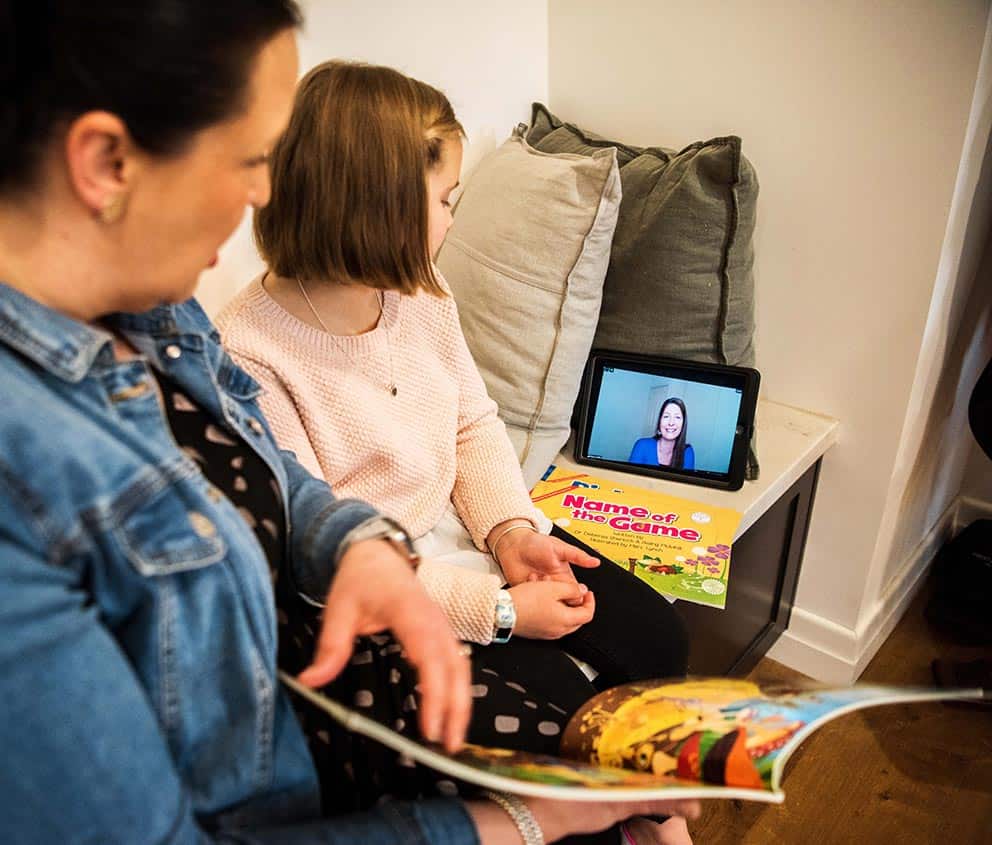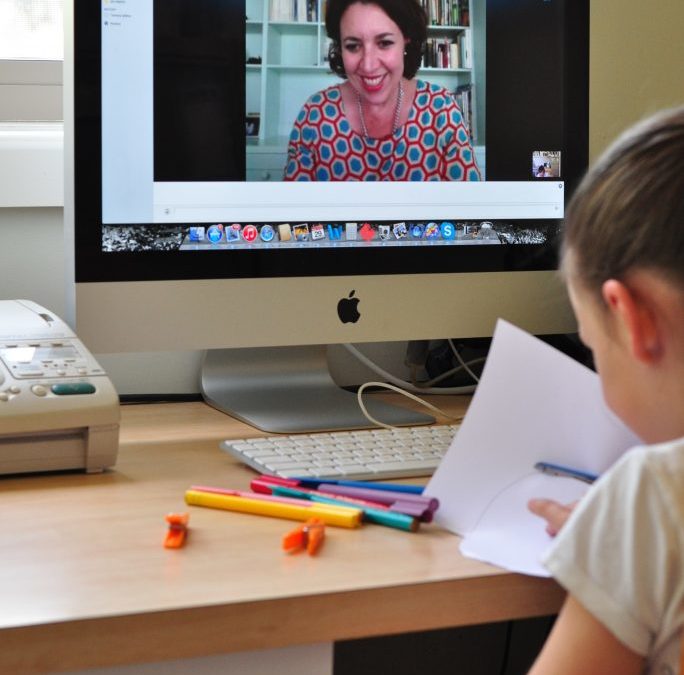Speech therapy is a dynamic process that helps individuals of all ages to communicate to the best of their ability including verbal and non-verbal language.
When is Speech Therapy Needed?
The need for speech therapy can arise in various situations:
- Speech Sound Disorders: Sometimes, our vocal warriors encounter challenges in pronouncing certain sounds. Speech therapy steps in to fine-tune those vocal muscles and help conquer the tricky phonetic battles.
- Language Disorders: Imagine language as a vast landscape, and sometimes, individuals might find themselves navigating it with a bit of difficulty. Speech therapy becomes a compass, aiding in developing vocabulary, sentence construction, and overall language comprehension.
- Voice Disorders: Your vocal folds are like musicians in a symphony, and sometimes they need a little tuning. Speech therapy addresses voice disorders, ensuring that the melody of communication flows smoothly.
- Fluency Disorders (Stuttering): Stuttering can be a stumbling block in the rhythm of speech. Speech therapists work collaboratively to help individuals find their unique flow and rhythm, turning stumbling blocks into stepping stones.
Why Do We Need Speech Therapy?
The role of a speech pathologist is to help our clients to communicate to the best of their ability. Every person is unique and that means the way that we communicate can be unique also. We work with each person to understand their needs and goals before tailoring our services for them.
An In-Depth Look at Speech Therapy Techniques

Here are some of the techniques a speech pathologist may use:
1. Articulation Therapy
Overview: Articulation is the physical ability to coordinate the tongue, lips, and breathing to produce speech sounds. Articulation therapy is a fundamental technique designed to address speech sound disorders, ensuring that individuals can articulate sounds clearly and effectively. Therapists work with clients on specific sounds that may be challenging, using a variety of exercises and activities.
Detailed Activities:
- Phoneme Isolation: Break down words into small sounds to understand and practice each one.
- Minimal Pair Exercises: Play games to notice and practise the difference between similar sounds.
- Auditory Bombardment: Surround yourself with the sounds you’re working on to get really good at them.
Real-life Example: Imagine turning the challenging ‘r’ sound into a fun puzzle you can solve and feel proud of when you get it right!
3. Language Intervention Therapy
Overview: Language intervention therapy is a comprehensive technique that addresses a range of language challenges. It goes beyond the physical aspects of speech to focus on the understanding and use of language. This technique is applicable to individuals with a range of challenges, including receptive and expressive language disorders, as well as difficulties in grammar and vocabulary.
Exciting Activities:
- Story Adventures: Dive into exciting stories to expand your imagination and vocabulary.
- Game Time: Play language-rich games to make learning words and sentences super fun.
- Acting Out: Pretend to be different characters, improving your conversational skills.
Real-life Example: Imagine not just knowing words but being a storytelling expert, using exciting language to share your thoughts and ideas.
6. Modelling Techniques
Overview: Modelling techniques leverage the power of imitation to enhance communication skills. This approach involves the therapist, parent or caregiver modelling speech and language behaviours, and the individual imitating these behaviours. It is particularly effective for individuals who learn best through observation and repetition.
Fun Copycat Moves:
- Repeat After Me: Say what your friend says, copying their cool way of talking.
- Talking Together: Have conversations together, learning new ways to express yourself.
- Watch and Learn: Use videos and pictures to get better at talking.
Real-life Example: Think of your therapist, parent or caregiver as a friendly guide, helping you learn the best ways to talk and express yourself naturally.
Why Online Speech Therapy?
Therapy Connect offers online therapy that seemlessly connects individuals with speech pathologists from the comfort of home.
Advantages of Therapy Connect
- Convenience: The hustle and bustle of daily life can make it challenging to prioritise healthcare. Therapy Connect eliminates this barrier by allowing individuals to schedule sessions seamlessly integrating into their busy lifestyles, all from the comfort of their homes.
- Expertise at Your Fingertips: Therapy Connect’s team of highly-skilled speech therapists have an average of ten years experience. Our team has a wealth of knowledge ensuring that clients receive the best possible care tailored to their unique challenges.
- Personalised Care: No two individuals are the same, and Therapy Connect understands this. Each client receives an individualised therapy plan crafted to address their specific communication challenges. The result is a tailored approach that maximises effectiveness.
- Engaging and Age-Appropriate Sessions: Whether the client is a child, adolescent, or adult, Therapy Connect offers age-appropriate and engaging therapy sessions. The goal is to address speech and language difficulties and make the therapeutic journey enjoyable and fulfilling.
Get Started Today
Visit Therapy Connect today and take the first step toward empowering your communication skills. Experience the convenience, expertise, and personalised care that Therapy Connect brings to online speech therapy. Your journey to communicating to the best of your ability starts today.




